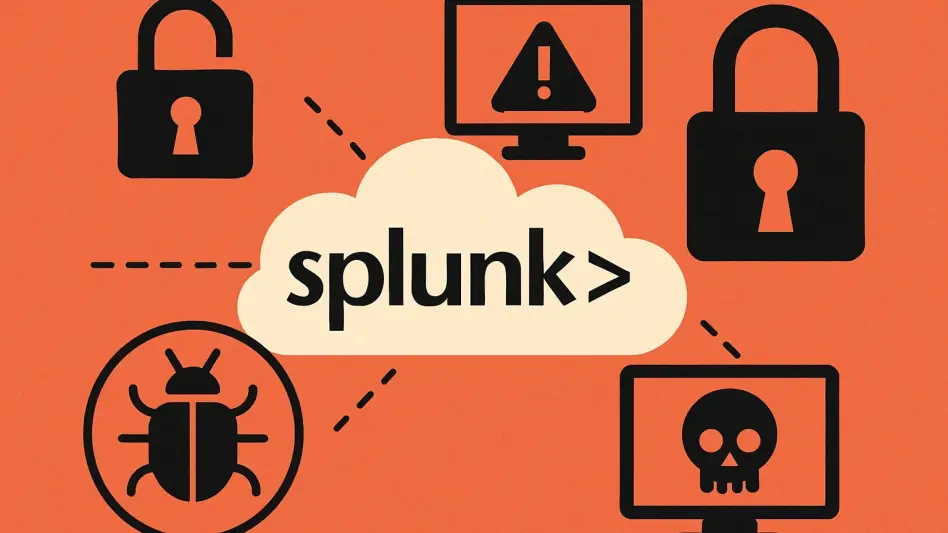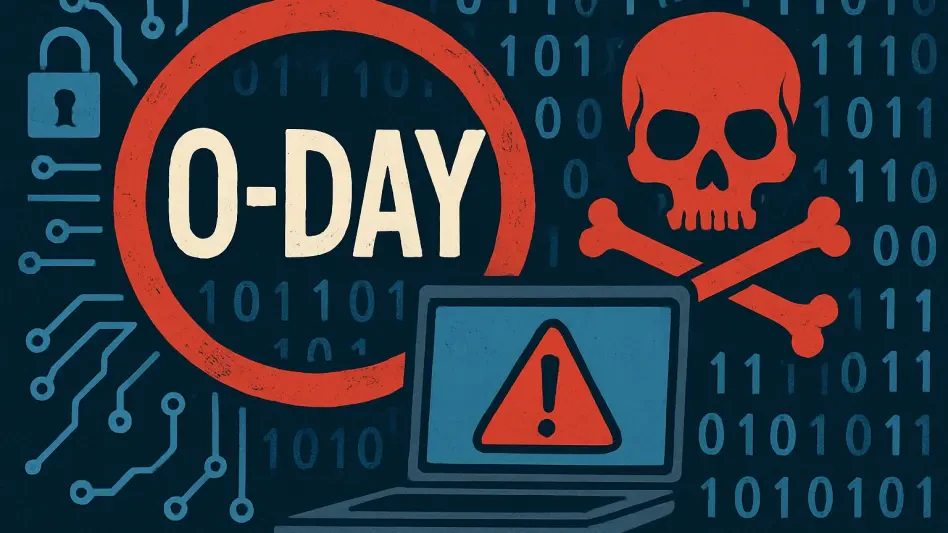Researchers from Trend Micro have uncovered a long-running exploitation of a zero-day vulnerability in Microsoft Windows by cybercriminals linked to at least six different nation-states. This flaw, identified as ZDI-CAN-25373, has been in active use since 2017, enabling attackers to execute hidden malicious commands due to the way Windows handles shortcut .lnk files. The vulnerability was reported to Microsoft in September of two years ago, and fresh insights continue to emerge regarding its usage and impacts.
Long-Standing Exploitation and Key Players
Trend Micro’s research has indicated that state-sponsored cybercriminal groups have systematically exploited this zero-day vulnerability, focusing on high-value targets such as governments, think tanks, and critical sectors including finance, cryptocurrency, telecommunications, the military, and energy industries. According to Dustin Childs, head of threat awareness at Trend Micro’s Zero Day Initiative, the vulnerability has compromised hundreds of organizations, with prominent involvement from North Korean groups APT43 and APT37.
The primary motivation for these attacks appears to be financial gain, with North Korean groups accounting for nearly half of all detected nation-state-linked attacks. The remaining attacks have been attributed to cybercriminals supported by Iran, Russia, and China, which collectively constitute about 20% of the observed exploits. These patterns underscore a persistent trend of state-sponsored cybercrime, predominantly driven by economic incentives and espionage.
Technique and Target Analysis
Cybercriminals exploiting this vulnerability have employed sophisticated techniques to embed malicious code within .lnk files. These files, which appear as different types, deceive users into executing the embedded malware. One notable method involves using malicious whitespace padding to obscure harmful command line arguments, which effectively conceals the malicious intent from the Windows user interface.
The breadth of targeted sectors, ranging from financial institutions to telecommunications and military organizations, highlights the expansive interest of cybercriminals in data theft and financial exploitation. The enduring and widespread nature of these malicious activities illuminates the broader vulnerabilities within these critical sectors, amplifying the urgency to address and mitigate such security threats.
Microsoft’s Response and Security Measures
Despite the alarming findings from Trend Micro, Microsoft has taken a reserved stance, asserting that the reported issue is a user interface problem that does not necessitate urgent intervention according to their severity classification guidelines. Microsoft has advised users to exercise caution when downloading files from untrusted sources, relying on existing security warnings designed to identify potentially harmful files. However, the company has not committed to deploying an immediate patch to rectify the vulnerability.
This position reflects the ongoing industry debate surrounding the balance between software provider accountability and user vigilance. While Microsoft emphasizes the importance of user education and discretion, the persistent exploitation of this zero-day vulnerability signals deeper systemic concerns that potentially require more aggressive and proactive remediation strategies.
Expert Opinions and Industry Implications
Cybersecurity experts, including Andrew Grotto from Stanford University, have criticized Microsoft’s conservative approach, advocating for a proactive stance in addressing issues that are actively exploited. Grotto argues that any security flaw, even if seen as a user-interface problem, warrants immediate remedial actions to ensure user protection and bolster overall security.
The prolonged exploitation of this vulnerability sheds light on the adeptness and persistence of cybercriminals, posing significant challenges for organizations striving to safeguard against such sophisticated threats. This scenario calls for a reassessment of what constitutes a vulnerability and how quickly such issues should be addressed to prevent prolonged exposure to malicious actors.
Trend Micro’s Research Findings
Trend Micro has meticulously documented the activities of various groups exploiting this vulnerability, including the Russian-based Evil Corp, the South Asian espionage group Bitter, and the Konni malware group. The extensive documentation aims to heighten awareness among users and organizations about the imminent threats and the necessity for immediate protective measures.
The report emphasizes the clever methodologies employed in these exploits and provides a crucial resource for cybersecurity professionals and decision-makers. It delivers an in-depth overview of the tactics used by these cybercriminal groups and highlights the broader implications for security practices, urging the implementation of more robust defenses and mitigation strategies.
Need for Proactive Mitigation Strategies
Researchers from Trend Micro have discovered a persistent exploitation of a zero-day vulnerability in Microsoft Windows by cybercriminals associated with at least six different nation-states. This vulnerability, labeled ZDI-CAN-25373, has been actively exploited since 2017, allowing attackers to execute hidden malicious commands through the way Windows handles shortcut (.lnk) files. The flaw was reported to Microsoft in September two years ago, leading to continual investigations and fresh insights regarding its usage and impact. These revelations underscore the ongoing threats posed by unpatched software vulnerabilities and the sophisticated tactics employed by state-sponsored cybercriminals. The persistent exploitation of this flaw highlights the critical need for vigilant cybersecurity measures and prompt software updates. Recognizing and addressing such vulnerabilities is essential to protecting sensitive information and maintaining overall system security.







